Selecting a material for your fabrication project should be done with care. Use the tabs above to learn more about the four key properties of metal to help you select the material that will work best for your project.
Tensile Strength and Yield Strength
Ductility
Weldability
Machinability
The tensile strength of sheet metal is measured in PSI and determines how well your material will perform under a given circumstance until it breaks, while yield strength is the plastic deformation - the point when a material is still intact but is showing visible permanent changes from stretching or bending.
Tensile strength and yield strength go hand in hand with each other when deciding on material.
The ease that a material can be formed or manipulated, without sacrificing its quality (necking or cracking) is the ductility.
Ductility, also known as formability, is established at the atomic level so it should be relatively easy to find a material that meets your requirements as alloying elements are added to improve formability (along with other characteristics). For example, aluminum is thought to have low formability but adding magnesium and silicon (like in the 6xxx series grades) makes it a powerhouse for ductility.
Weldability, less commonly referred to as joinability, is how easily two or more pieces of metal can be welded without the base metal failing.
For a material to be considered as having passable weldability, the weld joints would need to be free of cracking, porosity, incomplete fusions, slag, spatter, and cannot be undercut or lacking penetration of the weld. Overall the weldability is primarily determined by factors like melting point, thermal expansion coefficient, and thermal and electrical conductivity. With that said, the welder will have a huge impact on the result of a weld joint. An experienced welder will be able to utilize different techniques to improve the viability.
Machinability determines how successful a fabrication process will be, specifically any that involve the removal of material (cutting).
If the material has good machinability it will be easy to drill, bend, cut, and grind. Though the AISI has provided machinability ratings, they are based on a subjective starting point. Shops and suppliers determine machinability on a case-by-case basis.
When selecting a material for your project it's best to consult an engineer or check in with your metal fabricator for recommendations.
We recommend evaluating several considerations: cost, end-product usage, tensile and yield strength, ductility, weldability, and machinability. All of these factors can impact your build differently.

Mild steel is a low carbon steel that is an economical option for fabrication due to its versatility and strength. Low carbon steel comes in both hot rolled or cold rolled form.
(+) Most cost-effective
(+) Most weldability
(+) Good ductility
(+/-) Very machinable, equally comparable to other materials
(+/-) Lower range of tensile/yield strength
Stainless steel is an alloy that has a silvery sheen with slight graining on its surface. Corrosion and heat resistance are the main reasons behind this material's popularity.
(+) Highest tensile/yield strength
(+) Very Ductile, comparable to copper
(+/-) Mid-range weldability
(+/-) Very machinable, equally comparable to other materials
(-) Least cost-effective
Aluminum alloys have an impressive range of properties, making them comparable to steel. Its light weight and ability to anodize has helped increase its popularity in today’s market.
(+/-) Very machinable, equally comparable to other materials
(-) Lowest tensile strength
(-) Lowest weldability
(-) Lowest ductility
(-) Not as cost-effective as other materials (except stainless steel)
Copper is beyond a doubt the most ductile material to work with. While copper manufacturing can be expensive or difficult for an inexperienced shop to work with, its conductivity and ductility are well worth it for the right project.
(+) Good weldability
(+) Great ductility
(-) Lowest machinability
(-) relatively not cost-effective (price drastically fluctuates)
(-) Low range tensile/yield strength